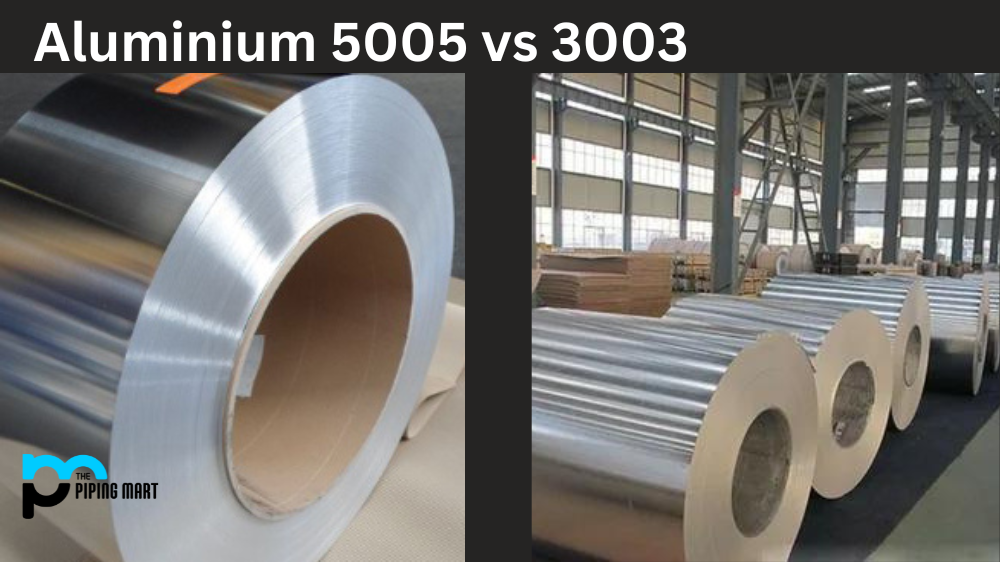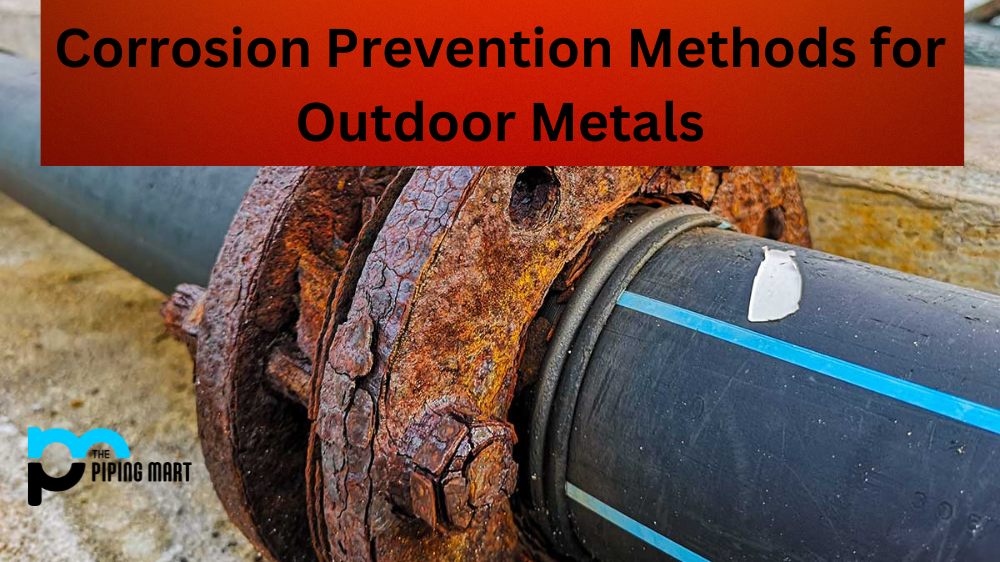Are you considering purchasing tool steel for your workshop? If so, you’ve likely come across two popular options—D2 and M2. Both are well-known and respected types of tool steel, but which one is right for your workshop? Let’s break down the differences between these two types of steel to help make your decision easier.
What is D2 Tool Steel?
D2 tool steel is a type of air-hardened tool steel made from an alloy of carbon, molybdenum, chromium, vanadium, nickel, and manganese. It has high wear resistance, making it perfect for cutting tools used to work on hard materials such as metal or wood. It’s also highly resistant to corrosion and can be heat treated to enhance its hardness even further. As a result, D2 tool steel has become popular in many workshops because it can withstand tough jobs with ease.
What is M2 Tool Steel?
M2 tool steel is another type of air-hardened tool steel made from an alloy of molybdenum, cobalt, tungsten, chromium, vanadium, and manganese. Like D2 tool steel, it is also highly resistant to corrosion and wear—but its biggest advantage lies in its toughness. M2 has superior shock resistance compared to other steels, so it can be used for tougher jobs without fear of cracking or chipping. This makes it great for larger projects such as machining or drilling, where performance matters more than longevity.
Differences Between D2 and M2 Tool Steel
The biggest difference between D2 and M2 lies in their respective levels of hardness and toughness; while both are highly resistant to wear and corrosion, D2 offers better durability, while M2 offers better toughness for tougher tasks like machining or drilling. Additionally, D2 tends to be slightly cheaper than M2 because it requires fewer alloys during manufacturing—although the cost difference isn’t usually large enough to sway a buyer’s decision one way or another.
Composition
D2 tool steel contains 1.4-1.6% carbon, 0.60-0.90% manganese, 11.00-13.00% chromium, 0.30% nickel, 1.10% vanadium, and 0.70-1.20% molybdenum. M2 tool steel contains 1.33-1.40% carbon, 0.90-1.20% manganese, 4.75-5.50% chromium, 1.60-2.00% tungsten, 0.70-1.20% molybdenum, and 0.30% cobalt.
Hardness
D2 tool steel has a hardness of 60-62 HRC, while M2 tool steel has a hardness of 63-65 HRC.
Applications
D2 tool steel is typically used for cold work applications such as blanking, stamping, and forming dies. M2 tool steel is often used for cutting tools such as end mills and drill bits.
Heat Treatment
D2 tool steel can be heat treated to achieve a variety of properties, including higher hardness, wear resistance, and toughness. M2 tool steel is typically not heat treated as it is already extremely tough and hard.
Conclusion:
As you can see, there are distinct differences between the two types of tool steels – each with its own set of advantages depending on what applications they will be used for in the workshop setting. Ultimately when choosing between D2 vs M 2tool steel depends on what kind of job you plan on doing in your workshop; if you need something that will last longer, choose to go with D 2, while if you need something that can tackle tough jobs opt for M 2 instead! No matter which option you choose, rest assured that either one will help provide the performance needed in any workshop setting!
Meet Heer, a dynamic and driven writer learning tricks of her trade in the metal industry. With a background in Digital Marketing, Heer brings a unique perspective to her writing, sharing valuable insights. Apart from blogging she like reading and hiking.




